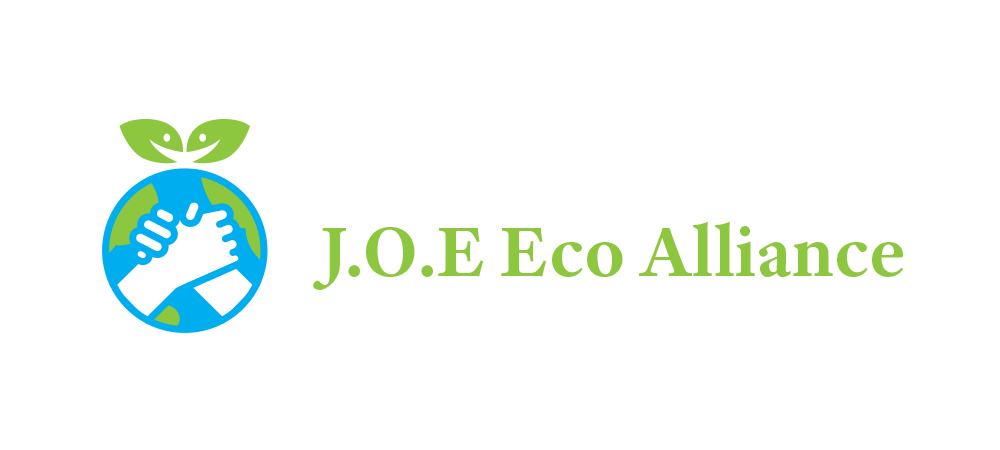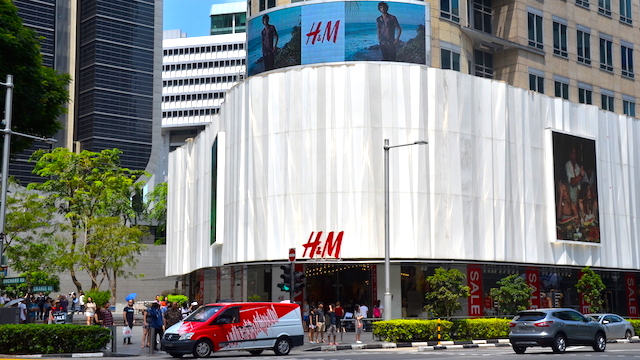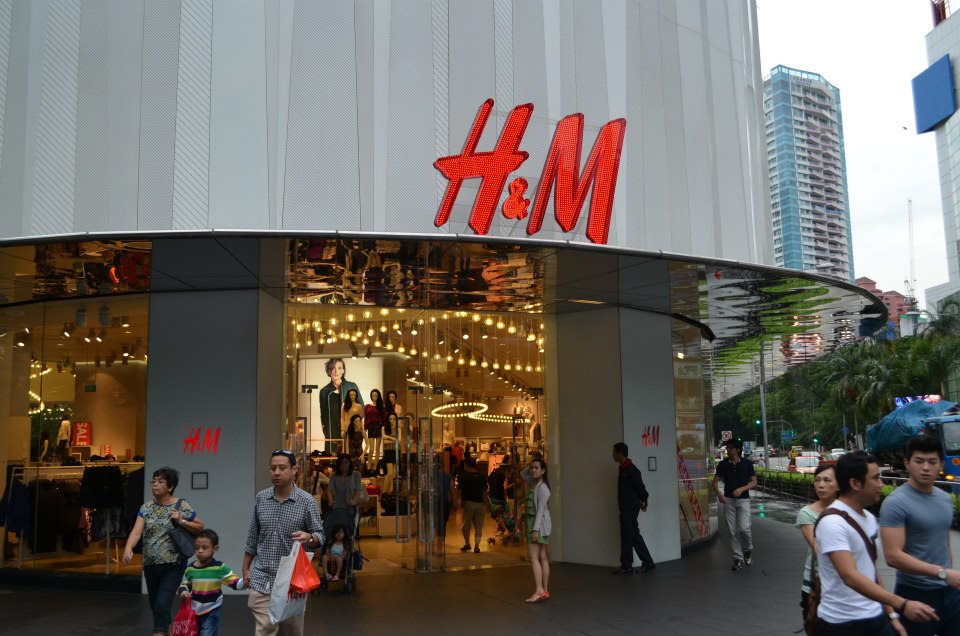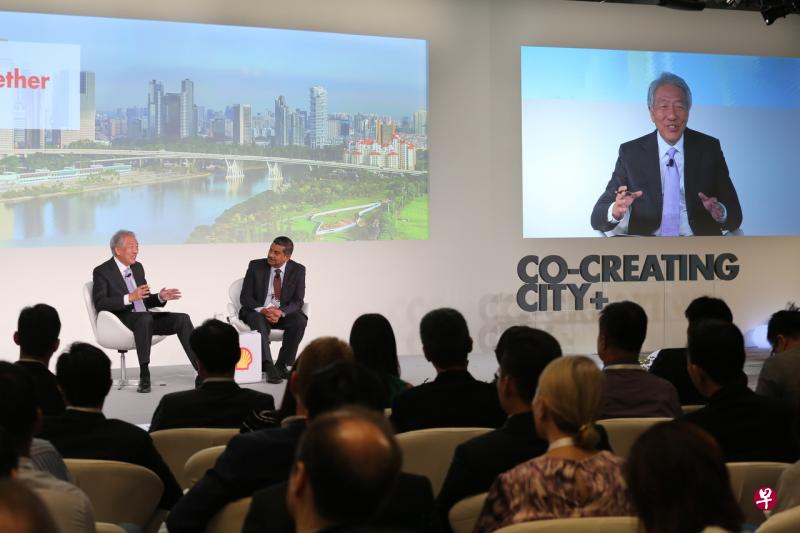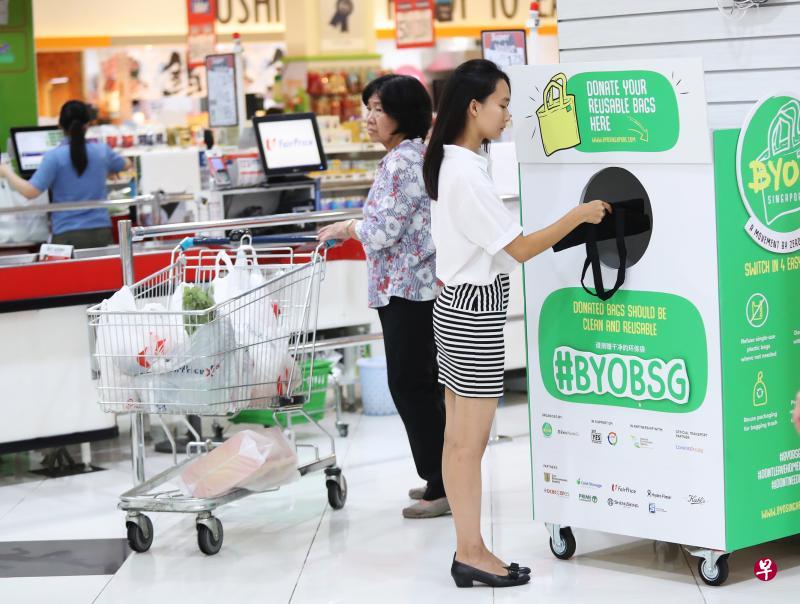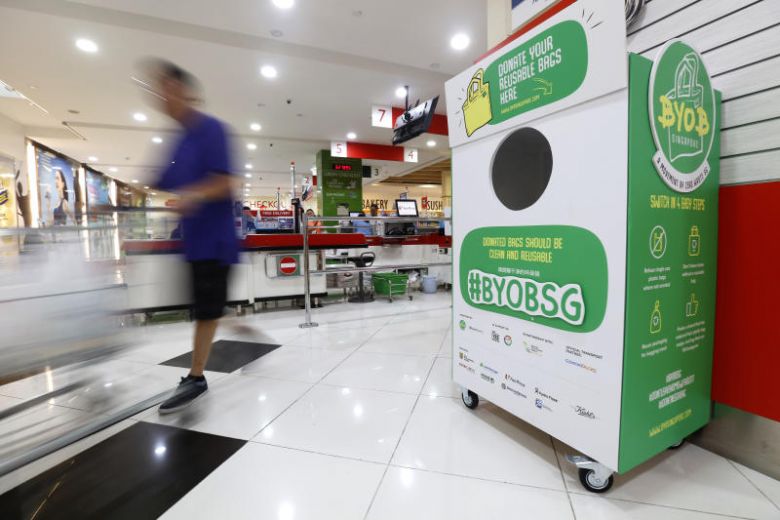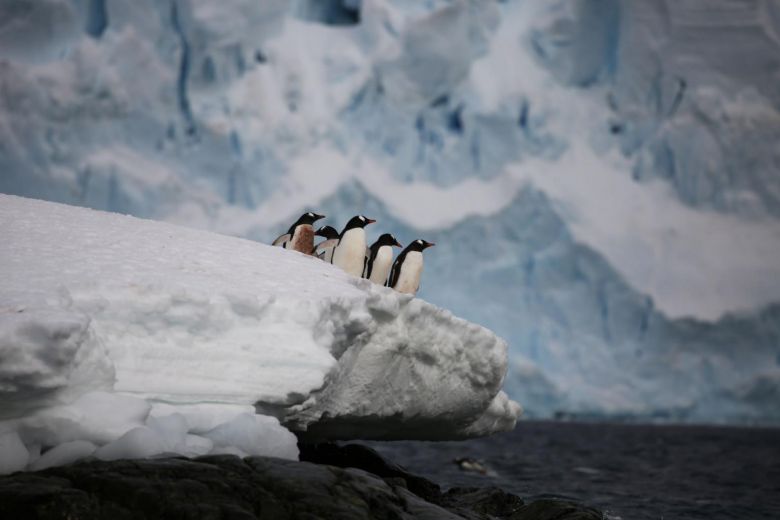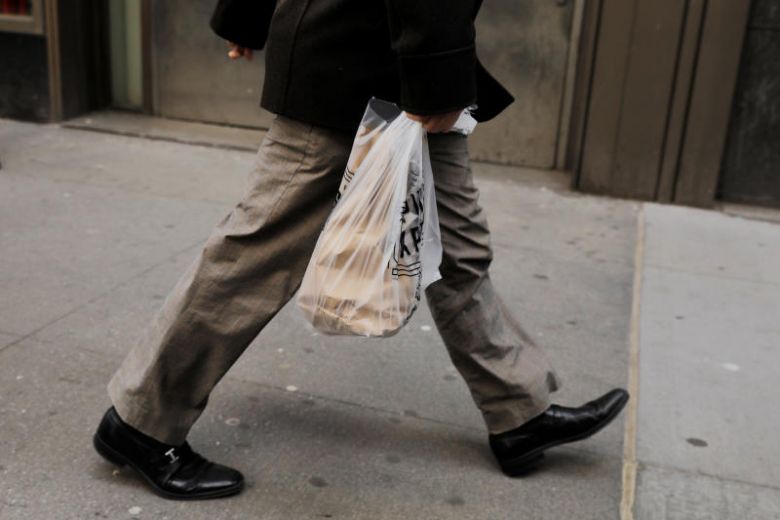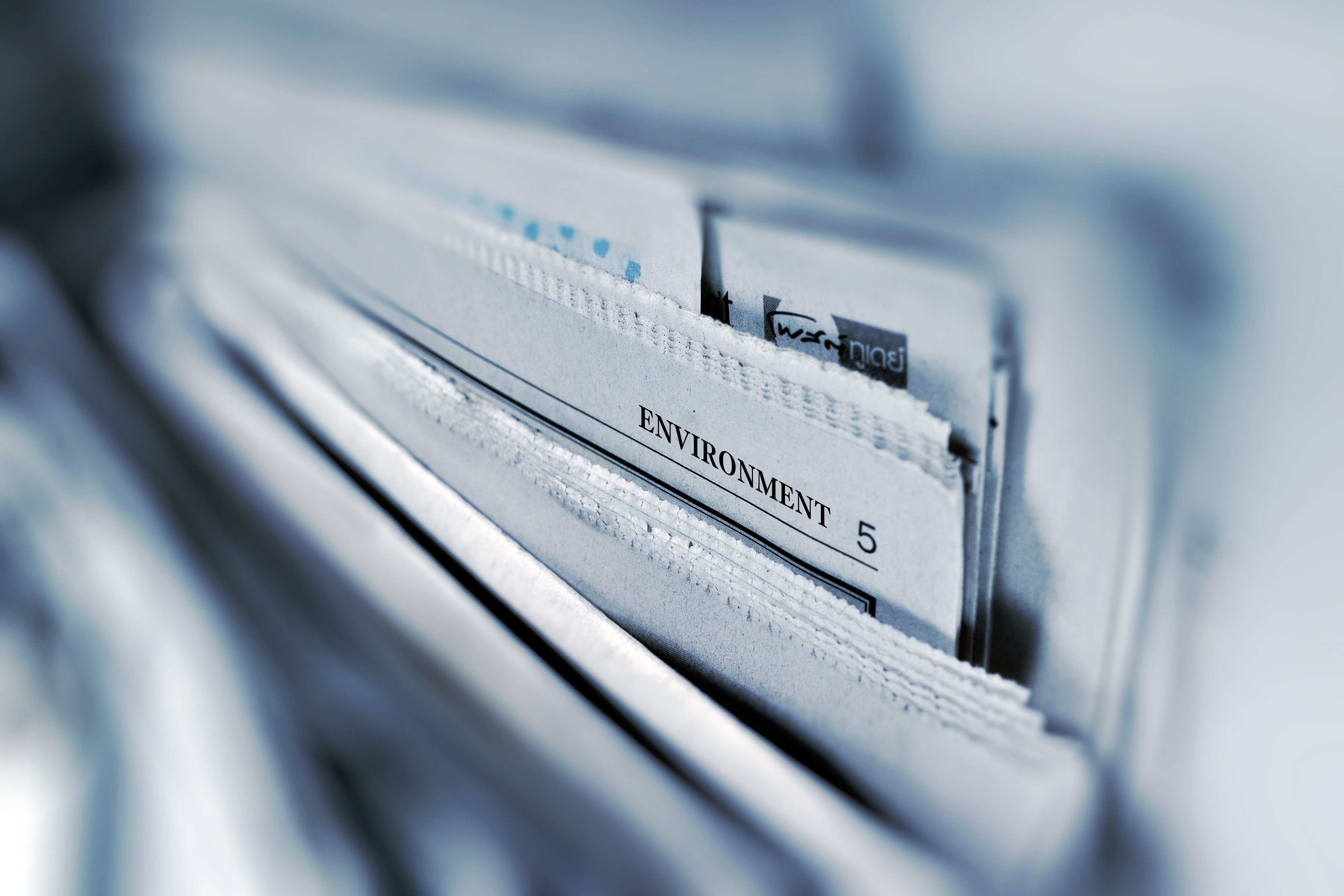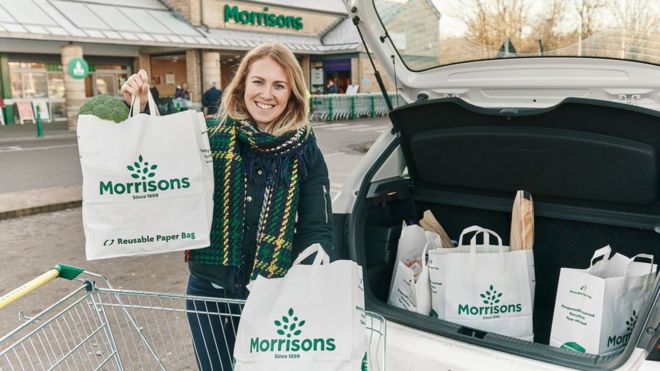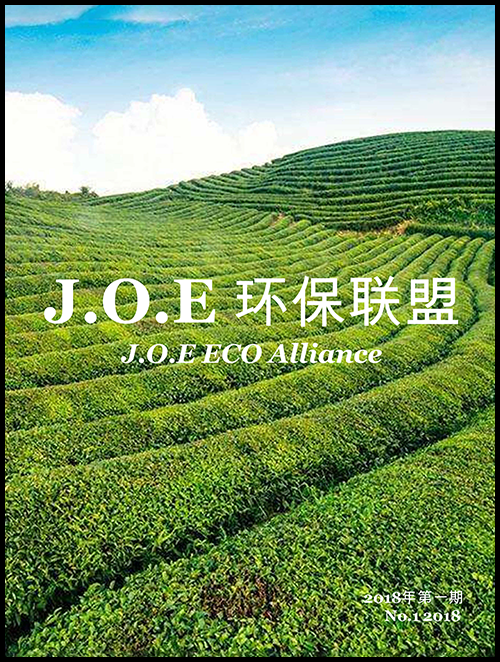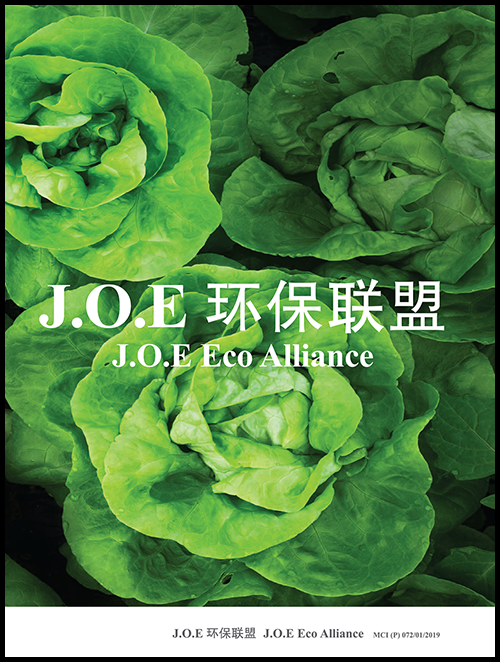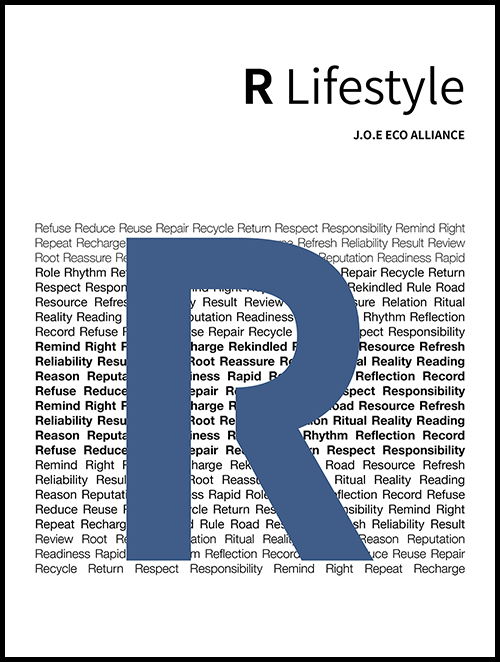气候变化正使全球很多物种面临生存挑战。一个国际研究团队发现,尽管动物会“自我调节”来适应环境变化,但它们的适应能力总体上还是赶不上气候变化的速度。
德国莱布尼茨动物园与野生动物研究所学者领衔的团队近日在英国《自然·通讯》杂志发表报告说,他们分析了此前发表的1万多项科研成果,结果发现,动物通常会尽力“自我调节”去适应气候变化,比如调整冬眠、繁殖和迁徙时间等,只要适应得足够快,它们还是可以在气候变化时在自己的栖息地生活。
不过研究人员说,按照如今的气候变化速度,即便是那些“自我调节”较快的动物,适应速度也不足以保证生存。
莱布尼茨动物园与野生动物研究所教授沙特说,新研究主要针对鸟类,而且是大山雀、喜鹊等常见而且已知能较好地应对气候变化的物种。其他动物群体的完整数据较少。研究人员预计,一些稀有或濒危物种的生存前景更不容乐观。
动物灭绝可能会对生态系统造成严重破坏。研究人员说,希望他们的分析和数据整理能够促进气候变化与物种适应能力相关研究,为制定更好的环境保护措施贡献力量。

The speed of climate disruption is outstripping many animals’ capacity to adapt, according to a study that warns of a growing threat to even common species such as sparrows, magpies and deer.
Scientists behind the research described the results as alarming because they showed a dangerous lag between a human-driven shift in the seasons and behavioural changes in the natural world.
Previous academic work has shown that species respond to warming temperatures by earlier timing of biological events, for example egg-laying by birds, budding of plants and flying of insects. The new metastudy, published in Nature Research, examines how effective this is in terms of reproduction and survival.
Based on 10,090 abstracts and extracted data from 71 published studies, it found a clear lag in the majority of species studied and none could be considered safe. “The probability that none of the study species is at risk is virtually zero,” the paper notes.
The authors said hundreds of thousands of species were not covered by their study, which was weighted heavily towards birds in the northern hemisphere, but they said the problems of adaptation to climate change were likely to be even greater for other animals already deemed at risk of extinction.
Viktoriia Radchuk of the Leibniz Institute for Zoo and Wildlife Research in Germany, said: “Personally I find the results alarming. Species attempt to adapt to changing environment, but they cannot do it at a sufficient pace to ensure that populations are viable. Climate change has caused irreversible damage to our biodiversity already, as evidenced by the findings of this study. The fact that species struggle to adapt to the current rate of climate change means we have to take action immediately in order to at least halt or decrease the rate.”
A similar message was delivered to the UK parliament on Tuesday as senior conservation figures warned that the nation’s natural infrastructure – which provides fresh water, clean air, carbon sequestration and human wellbeing – was being undermined by the climate crisis, pollution, urban sprawl and budget cuts.
Tony Juniper, the chair of Natural England, which is the government’s main advisory body on conservation, said: “The 21st century will be characterised by our success or not in wrestling with these huge challenges. If we carry on as we are, I fear biodiversity will continue to decline in this country.”
He told the Environmental Audit Committee that the present system of monitoring and protecting nature reserves and sites of special scientific interest had been undermined by a 60% budget cut over the past 10 years, which had left a stressed and demoralised skeleton crew.
It was not too late to reverse this, he said, and outlined plans for a “nature recovery network” that would rebuild woodlands and peatlands, and work with farmers to protect species and restore soil quality, which can draw down the carbon dioxide that causes global heating.
“This is the soundest investment we can make in the future of the country,” Juniper said. “Unlike other assets – like roads and bridges, which depreciate over time – you get more value in the future,” he said, citing economists’ estimates of a 10 to 100-fold return in terms of better food, water and carbon sequestration.
His views were echoed by the head of the Committee on Climate Change, John Gummer, who said it would be impossible for the UK to reach its goal of “net zero” emissions by 2050 without investing in biodiversity protection and renewal.
Source: Zaobao / The Guardian
